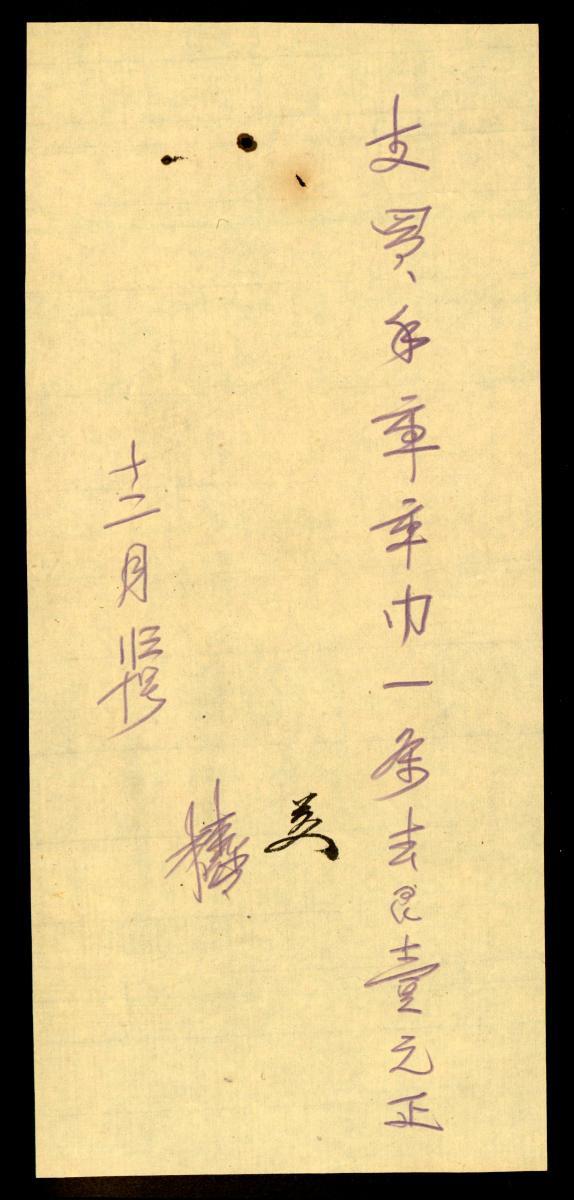The Indo-Portuguese trade network gave impetus to local craftsmanship in the South Asian region and led to the creation of highly elaborate gold and silver objects made to meet European demand. Bezoar (probably a derivative of the Persian word ‘pad-zhar’, meaning antidote) stone, found in the digestive systems of animals such as sheep, deer, among others were prized for their magico-medicinal properties. In the 17th century, due to the scarcity of bezoars, Goa stones, artificial versions of bezoars, were produced by Jesuit priests settled in Goa, for consumption in the same way as the natural bezoars – scrapings from the stone were taken with tea or water as a remedy for ailments such as epilepsy or as an antidote to poison. Until the 18th century, when their importance declined, such stones could sell for more than their weight in gold and were often contained in such cases exhibiting superior silver or gold craftsmanship. This is a rare and highly decorative egg-shaped gold container. It is elaborately crafted with animal and bird motifs against a floral background, an excellent example of pierced and chased openwork. Its craftsmanship is in the style of the reliquary casket of St Francis Xavier, also attributed to Goa. The container also has a loop attached for suspension. This container would have been made in one of the centres of production in western or Northern India.















